While the heat of summer can impact some pollinators, there are still so many great choices for flowering shrubs. These play an important role in creating a habitat that pollinators love and to which they flock. Shrubs are vital to a pollinator friendly garden. Incorporate different canopy layers in the landscape and plant shrubs with various seasons of bloom. Then, you will attract different pollinator species and provide pollen and nectar throughout the seasons. It can be as simple as planting a small grouping in your landscape. These are just a few of the many choices for shrubs that draw pollinators. Consult with your local garden center for even more options.
Many shrubs span a wide variety of zones. You might want to read our suggestions for other regions to increase your choices: Northeast, Southeast, Midwest, Northwest, Southwest
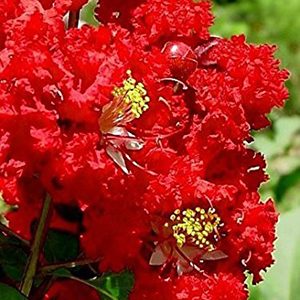
Arapaho Crape Myrtle
Bright flowers and honeydew residue from aphids draw beneficial insects to this mildew-resistant shrub with red summer blooms. Zone: 6 – 9
Attracts: Bees, moths, wasps.
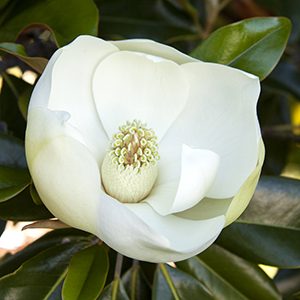
Little Gem Dwarf Southern Magnolia
Evolved before bees–pollinated by beetles attracted to sugary secretions (but bees won’t pass them by). Zone: 7 – 9
Attracts: sap-feeding, tumbling flower, and leaf beetles, native bees, bumblebees, hoverflies.
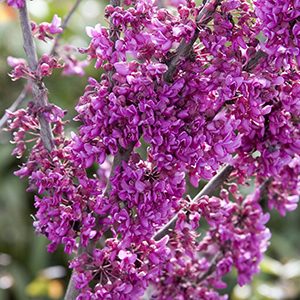
Oklahoma Redbud
Redbud boasts unusual magenta-red blooms. These arise from buds along twigs, branches, and even the trunk in early to mid spring. Zone: 6- 9
Attracts: Bees, bees, bees and moths.
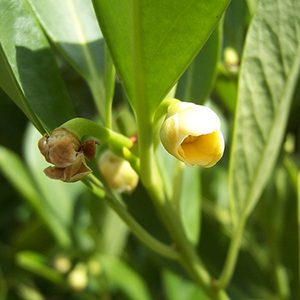
Yellow Anise Tree
Soft-yellow flowers in late spring on a vigorous and rugged shrub for warm climates. Special treat is the anise fragrance of crushed leaves. Zone: 8 – 9
Attracts: Bees and pollinating beetles.
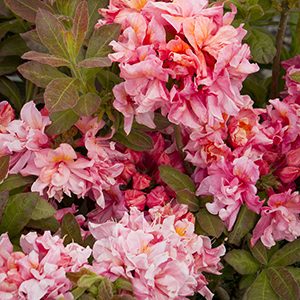
Sunset Pink Azalea
Excellent for mid to upper South, an extremely hardy selection with large trusses of rose-pink blooms with an orange-yellow blotch. Zone: 5 – 8
Attracts: Hummingbirds, native and bumblebees.

Southern Moon® Yedda Hawthorn
Improved compact selection with proven strong disease resistance and profuse springtime white flowers just prior to new growth. Zone: 7 – 10
Attracts: Honeybees (and lots of them).

Compact Spicy Jatropha
Clusters of rich rose-red flowers bloom non-stop in the warmest zones. Excellent candidate for a short hedge or in a pot. Zone: 10 – 11
Attracts: Hummingbirds, butterflies including zebra longwing and gulf fritillary.

Blushing Bride Rose Of Sharon
Double-pink, pompom flowers differ from hibiscus’ typical tubular blossoms, but still draw pollinators. Zone: 5 – 9
Attracts: Hummingbirds, bumblebee and retreat for mosquito-eating birds.
TIPS FOR LURING POLLINATORS
-
Determine which pollinator-friendly plants are appropriate for your region.
-
Limit your use of chemicals (both synthetic and organic) and use plenty of compost and mulch to build healthy soil. Healthy soils create healthy plants.
-
Plan your garden so that there is something blooming for as many months as you can manage. (Try incorporating different color, fragrance, and season of bloom). Many pollinators, especially bees, forage during the entire growing season.
-
Provide shelter by letting your yard get a little wild. Allow a hedge to grow untrimmed, leave a section of lawn unmowed and pile grass cutting in a sunny spot. Then, create a nesting habitat by leaving some soil bare for ground nesting bees.
-
Group plantings so that pollinators can move safely through the landscape protected from predators.
-
A clean, reliable source of water is essential to pollinators.
-
Plant a diversity of plants to support a variety of pollinators.




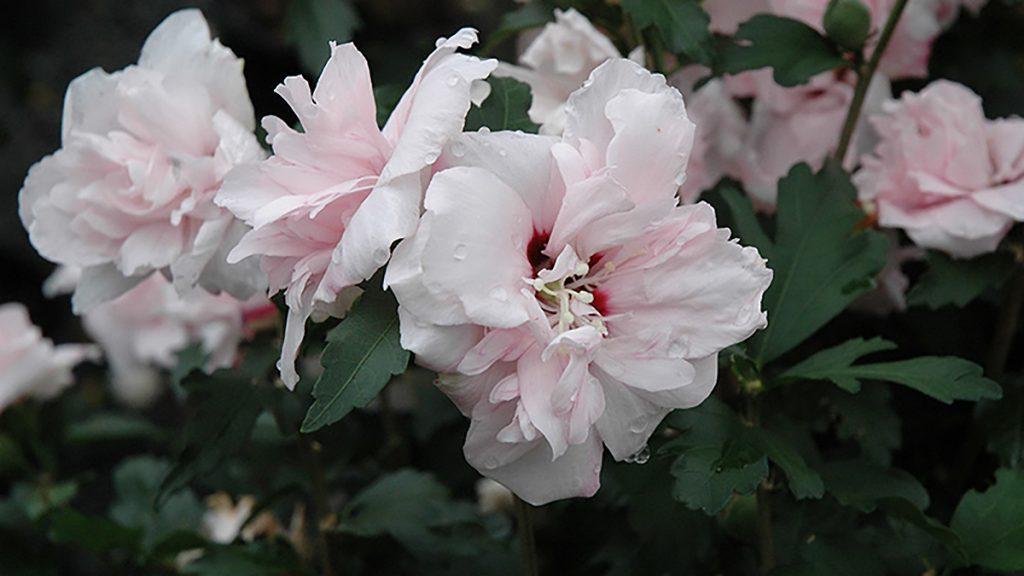
Please login to comment.
Don't have an account?
Sign Up for free